August 22, 2025 | 02:33 GMT +7
August 22, 2025 | 02:33 GMT +7
Hotline: 0913.378.918
August 22, 2025 | 02:33 GMT +7
Hotline: 0913.378.918
“I see that on many domestic and international forums, some Vietnamese people often show their pride that Vietnam ranks high in crop yields in the world. In my country, we just strive for good yield but we must rank first and second in selling prices thanks to high-quality products.”
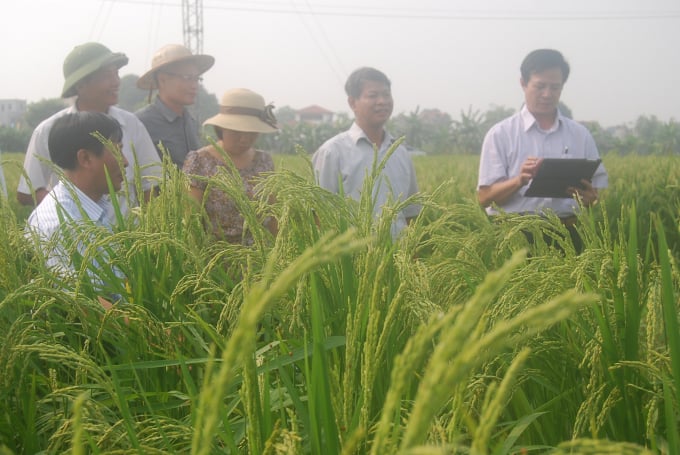
Inspecting rice field applying IPM, SRI in Hanoi.
Recently, I have met a group of young men and women at Noi Bai International Airport. They have returned from working abroad. Seeing they were all excited with bright faces, I asked: “Can you compete when working abroad and what jobs can you compete?” They answered confidently: “Yes, we can compete and we can work better at food processing and cooking.”
The first story is worth contemplating. I personally feel ashamed and hurt. My friends studied for professional doctorate but they were teachers. The second story makes me believe that our country has a culinary advantage as advised by Professor Philip Kotle – Father of modern marketing: “Vietnam should become a kitchen of the world.”
I don’t know how many “Food industry” faculties our universities and institutes have today. I remember that in the past, Hanoi Polytechnic University had this faculty and Mrs. Mai Kieu Lien, the first hero in the Vietnamese dairy industry, studied this speciality.
In fact, if the world has MC Donald's, CP Group Vietnam has Pham Nhat Vuong who went up from instant noodle, rice cakes and fish sauce in the transaction period of the economies in Eastern Europe, Russia; "Bau Duc" went abroad to do big agribusiness; Thai Huong went to Russia to work in dairy industry; humorously speaking, in our country from the North to the South we can see "Cơm Phở transnational corporations and tourism services everywhere. In addition, there are thousands of food processing companies and OCOP products.
Currently, we have about 13 million hectares of planting area including 10.5 million hectares of annual crops and 2.65 million hectares of permanent crops and a coastline of over 3,000 kilometers. We produce around 45 million tons of paddy rice, 20 million tons of vegetables, 20 million tons of fruits, 6 million tons of corn, 6 million tons of meats, 8 million tons of seafood, 1 million liters of milk and 15 billion eggs. We are now in the list of top 15 agricultural product export countries with high productivity: paddy rice 6 million tons/ha/crop, coffee 5 tons (rank second), pepper 5 tons/ha/crop (rank first), cashew nut 2.5 tons/ha/crop ( rank fourth), cassava 20 tons/ha/crop, fruits 20 tons/ha/crop. These figures are small compared to demand if the quality is high and are much compared to supply if the quality is poor.
We have to import 100,000 tons of pesticides and chemicals annually to prevent diseases and kill pests and insects valued at about US$1 billion of which 10% are in toxicity category I, 50% are in toxicity category II, 30% in toxicity category III and 10% in toxicity category IV. Activity levels are calculated by 2kg/ha
According to 15 new-generation free trade agreements Vietnam signed, crop products will be returned if they do not meet the standards of quality. Herbicides are the leading cause of the returns followed by pesticides, chemicals for treating diseases, microorganisms and growth hormone. While antibiotics, hormone and banned chemicals are leading cause of animal product returns
Thus, we need "miracle leaps" in quality like ST 24 and ST 25 rice varieties of which ST 25 was awarded the first and the second prizes at the World's Best Rice Contest in 2019 and 2020; or TH3-3 hybrid rice seed was traded at VND10 billion which triggered a chain reaction for the transfer of plant variety rights and created "aftershocks" for 4,500 OCOP products in 7 ecological regions.
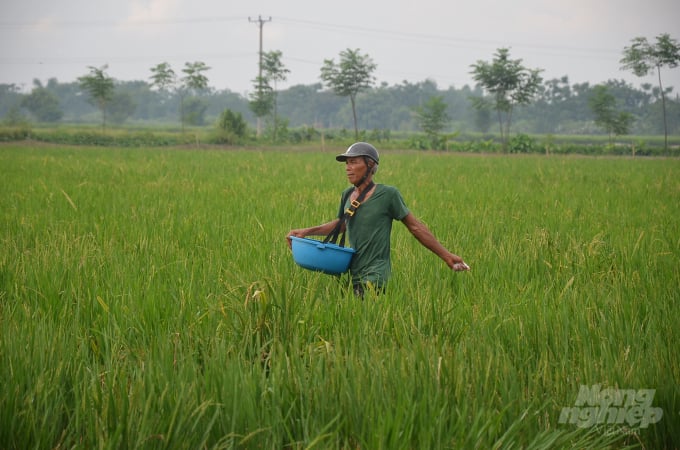
Rice-fish farming model in Phu Xuyen. Photo: Duong Dinh Tuong.
With 18 suburban agricultural districts with 200,000 hectares of farming land, Hanoi is considered as the largest agricultural city in the country. In the districts of Phu Xuyen, Chuong My, Dan Phuong, on average each locality has about 30 communes, 70,000 hectares of rice land , 1,000 hectares of vegetables and fruits, 80-100 agricultural material agencies.
In current farming models, each district uses only 0.2-0.3 kg of chemical pesticides per ha per year on average. The amount is just 1/10 compared to the average use of plant protection chemicals nationwide (data from Plant Protection Department).
This model has three big changes including using transplanting machines (Hanoi has 330 machines, each machine costs VND350 million, each district has 30 machines on average , especially Phu Xuyen has 45 machines); using combine harvesters (800 machines for the whole city, VND600 million per machine, 50 machines per district on average); 80-90% of rice planted in the city are harvested by combine harvesters.
The two stages require a lot of workers' efforts in rice farming were mechanized, meeting the requirement of labour shift due to industrialization, urbanization and modernization. With old production process, it took one month to transplant or harvest rice but now the time is shortened to 7-10 days, ensuring crop season, giving high productivity and efficiency.
After the implementation of land consolidation work, each household owned only 1-2 plots of land instead of 10-12 plots as in the past however the new plots are larger. New land use right certificates were granted to farming households which made it easy for them to apply mechanization, hi-tech and having large enough areas to establish raw material zones for enterprises.
Farming models in Chuyen Mỹ (Phu Xuyen), Xuan Mai town, Quang Bi commune (Chương My), Do Dong commune (Thanh Oai), Dan Phuong Commune (Dan Phuong) have applied creative methods. For examples, they killed planthoppers with mazut oil mixed with sand; killing rats with biological toxics, using ducks to control snails (Quang Bi commune in Chương Mỹ have 50,000 ducks), killing weeds with a mixture of 50kg of potassium, 50 kg of Nitrogen and 200 liters of water, treating yellow flies with sticky traps, sweet and sour baits. Rice-fish-duck farming model has proved its effectiveness in rice planting areas.
Globally, the Food and Agriculture Organization of the United Nations (FAO) arranged agricultures in three groups including pioneering/ peering/ following. Vietnam is in the pioneering group but we are leading only in quantity not in professional and sustainable development
Currently, in terms of leadership, policies and directions I think they are quite sufficient with Resolution of the 13th National Party Congress, Resolutions of government at all levels. What we need are methods and ways of application to reality. We should organize the implementation in seven eco-geographical regions three stages: 2021-2025/ 2025-2030/2030-2045; adding three values to agricultural products: economic value (optimum), social value (human health) and environmental value (living space).

Rice-fish-duck farming model in Phu Xuyen. Photo: Duong Dinh Tuong.
Since 2000, "portrait" of agriculture industry has had the appearance of businesses, farm owners and new-style cooperatives. They are state-of-the art productive forces with advanced techniques, innovative technologies. Public- Private Partnership (PPP) and Lease of Land Use Right are new advanced mechanisms in agriculture sector.
Hanoi has strengthened the management system for guiding agricultural production, merging Crop Production with Plant Protection and Animal Health and Husbandry. Each commune has an agricultural extension collaborator. Cooperatives here do not provide pesticide services. Rice-field conversion models, vegetable and fruit farming models, livestock and aquaculture farming models and agricultural tourism models have been on the rise. GAP becomes an adjective of farm produce. Hanoi's agricultural sector witnessed the highest agricultural growth rate in the country over the past years. These models also help protect soil, balance the relation between production and consumption. Sub-departments also cooperate with the Center for Rural and Clean Water and Environmental Sanitation to treat garbage and pesticide waste.
"In the near future, Departments and Sub-departments mentioned above will deploy digital technology, considering software, smart phones, sensors and artificial intelligence (AI) as productive tools. We strive for 1% growth in agriculture to have 2% growth in GDP; implementing Law on Crop Production, Law on Husbandry, Law on Fisheries, Law on Forestry, Law on Irrigation, training a new generation of professional and innovative young farmers for the development of a clean and sustainable agriculture." Ph.D Le Hung Quoc.
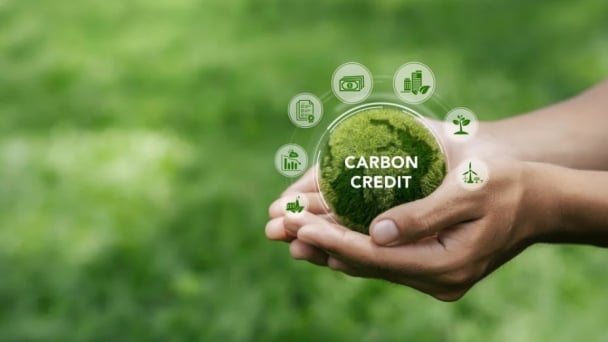
(VAN) In principle, international exchange and trading of emission reduction results and carbon credits must give priority to serving the national emission reduction targets.
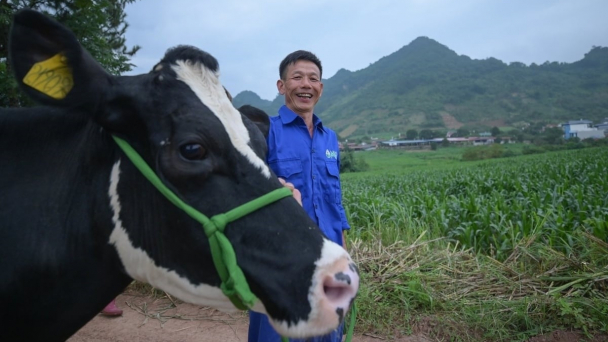
(VAN) According to the Animal Husbandry Association of Vietnam, the dairy market is overheating, with massive imports of milk materials, while more alarmingly, the growth rate of domestic dairy herds has plummeted.
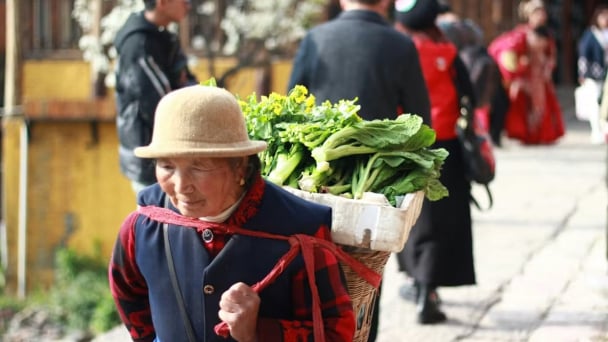
(VAN) With help from NGOs, communities are seeking out their own climate-adaptation solutions, but funding is an issue.
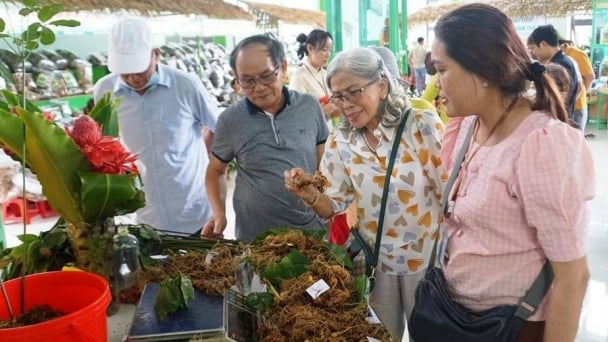
(VAN) Following Decision 463, Da Nang has launched projects to develop a national-level medicinal herb industry hub, while elevating the Ngoc Linh ginseng brand.
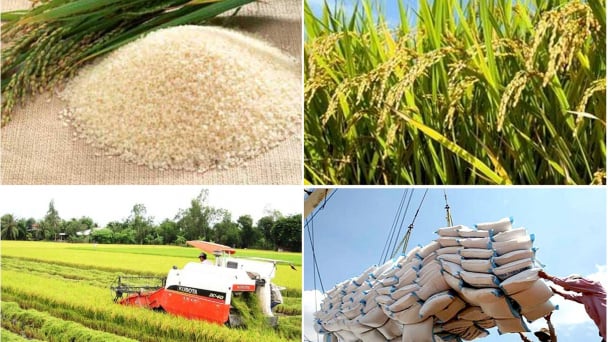
(VAN) Prime Minister Pham Minh Chinh tasked the Ministry of Agriculture and Environment with seizing opportunities and accelerating rice exports at an even faster pace, particularly high-quality rice.
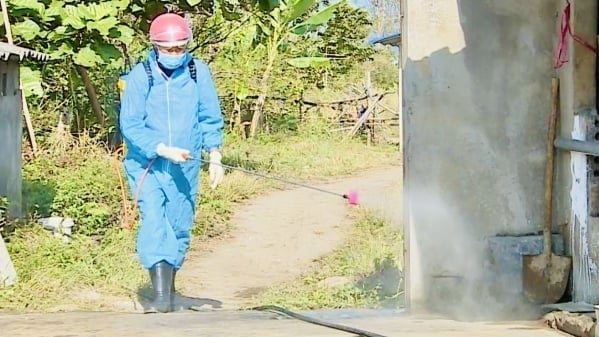
(VAN) Early detection and zoning of African swine fever outbreaks allows farmers to treat pathogens, thereby minimizing the spread and reducing the damage.
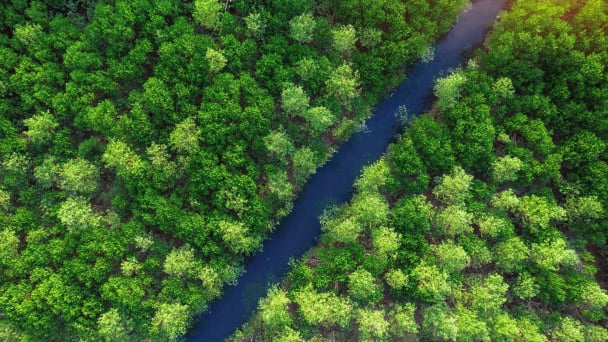
(VAN) The latest draft decree on forest carbon introduces a detailed valuation process, aiming to build a transparent and effective market once implemented.